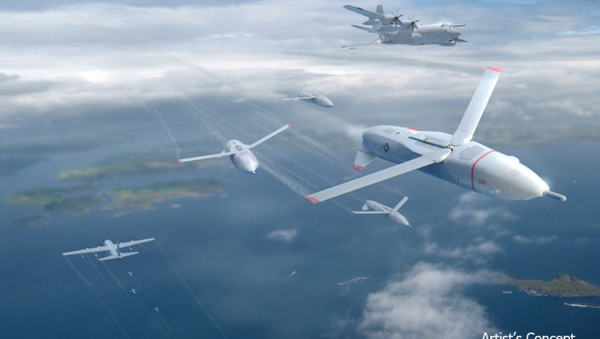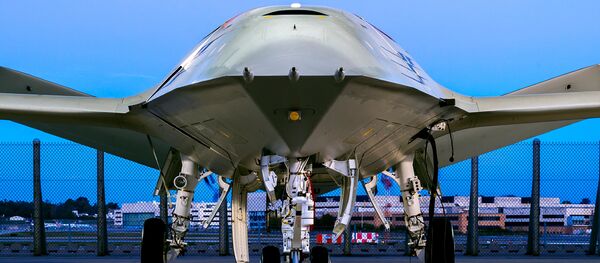The drones are part of the Gremlin program, which seeks to deploy and retrieve small unmanned aerial vehicles launched from US Air Force C-130 aircraft that are capable of flying 300 nautical miles and carrying 60 pounds of electronic equipment.
Current state-of-the-art manned-unmanned aerial capabilities allow pilots to launch swarms of mini-drones, but they are not able to recover them, according to a December 17 Scout Warrior report. In the future, defense contractors think the Gremlins will even launch out of the larger weaponized MQ-Reaper drone.
"We see the potential for using this technology on our own Predator B/MQ-9 Reaper to offer our customers new mission capabilities," David Alexander, an executive at General Atomics, told the defense publication.
When the Pentagon announced the Gremlin program in 2016, the question of the type of missions the small drones would fly was left vague and open-ended. DARPA said they would "be deployed with a mixture of mission payloads capable of generating a variety of effects in a distributed and coordinated manner."
Analysts have suggested the Gremlins could be used for jamming radars, allowing manned aircraft to operate at safer distances from hostile targets; testing high-risk air defense systems; weapons delivery; or intelligence, surveillance, and reconnaissance missions.
DARPA hopes for each Gremlin to survive about 20 missions, according to a March announcement.
"Named for the imaginary, mischievous imps that became the good luck charms of many British pilots during World War II, the program envisions launching groups of [unmanned aerial systems] from multiple types of military aircraft — including bombers, transport, fighters, and small, unmanned fixed-wing platforms — while out of range of adversary defenses," DARPA stated in March.




